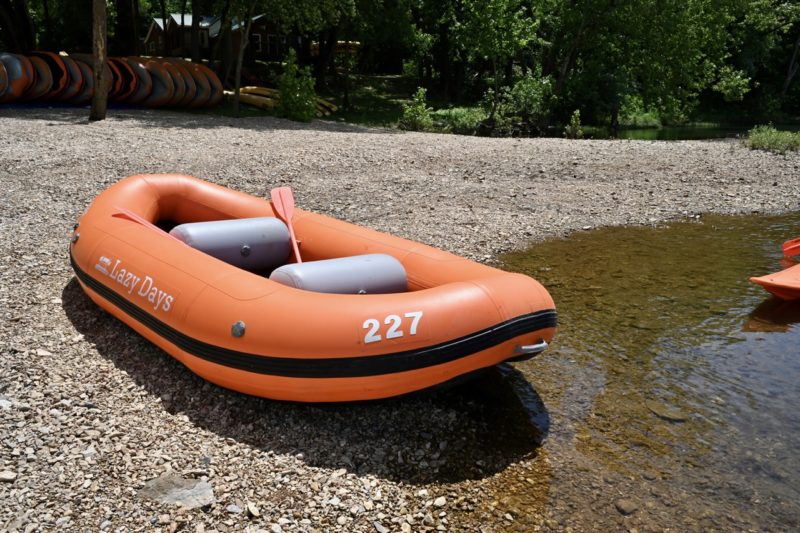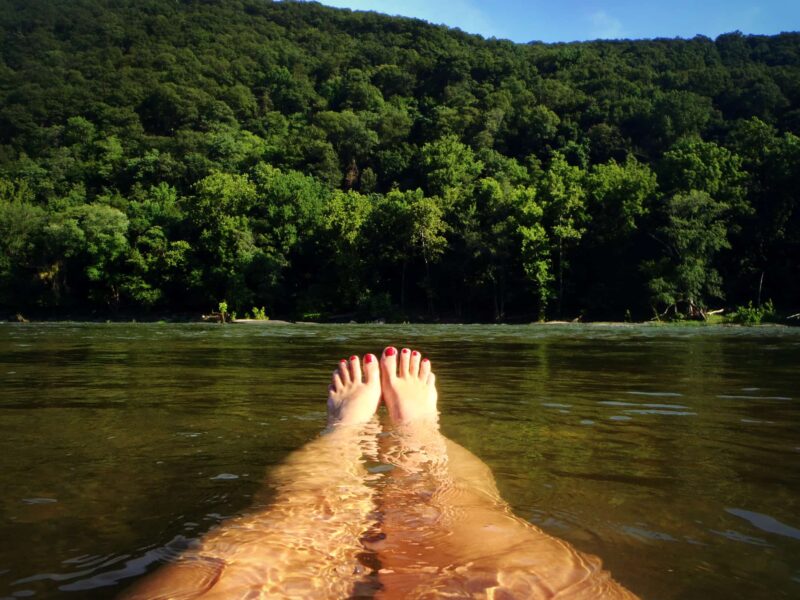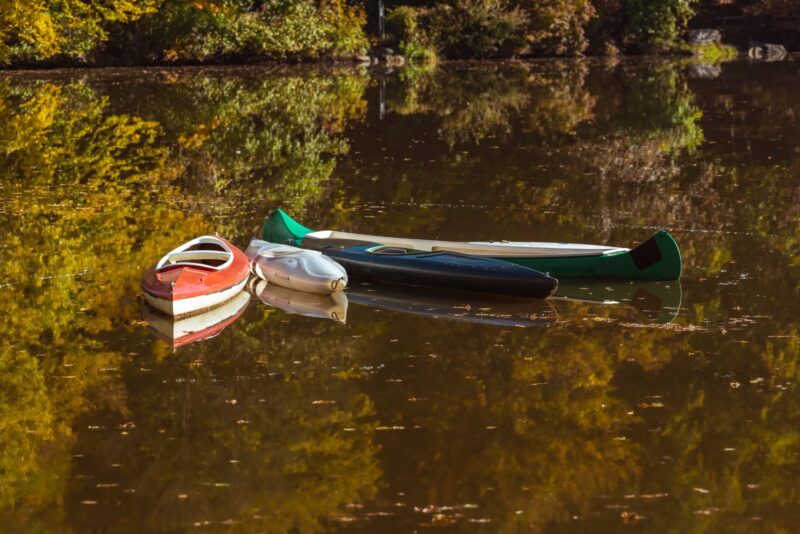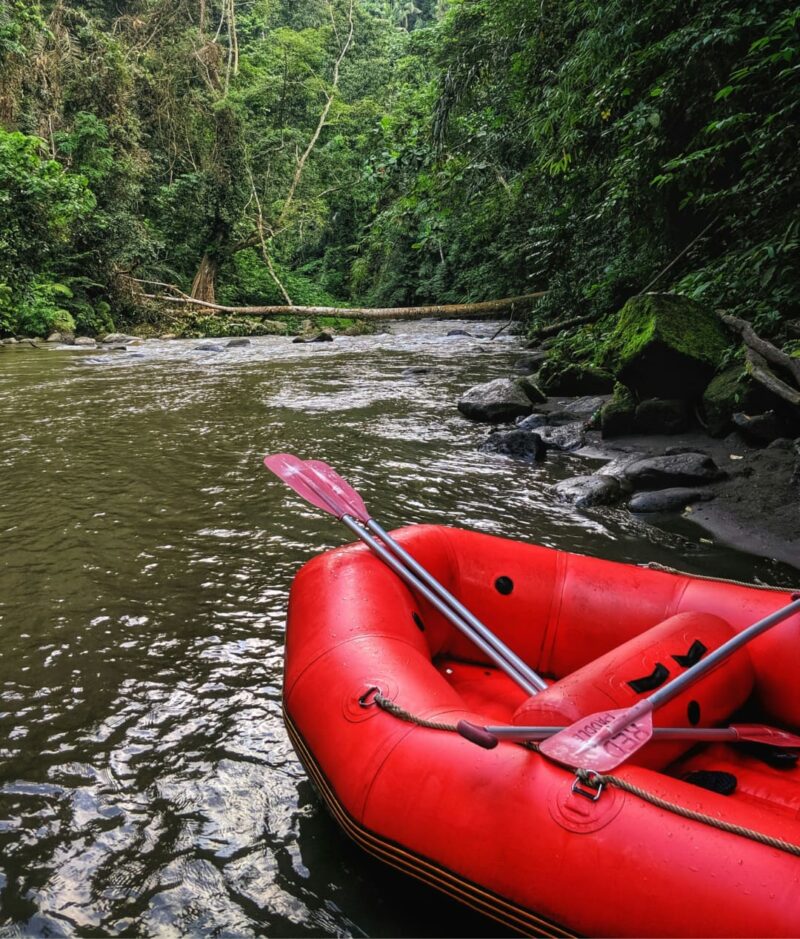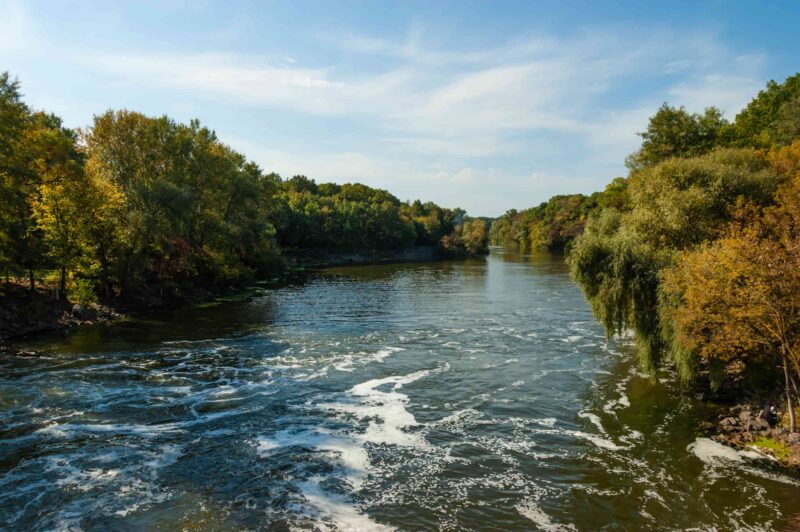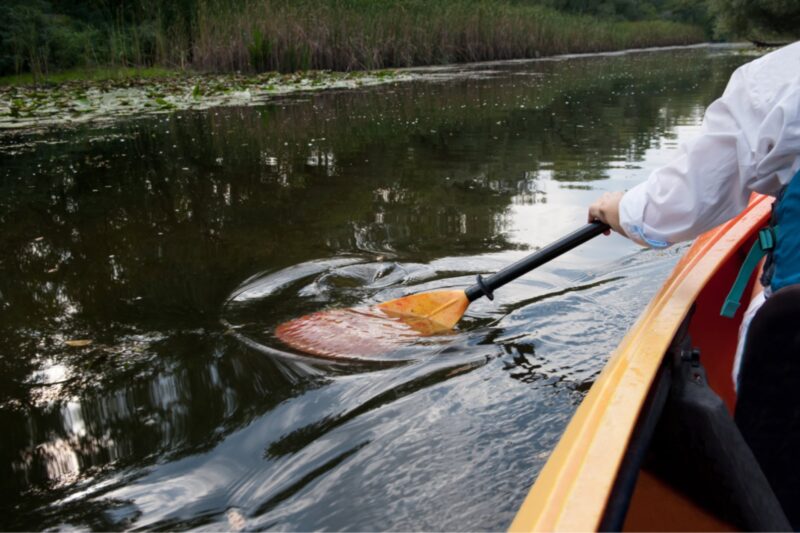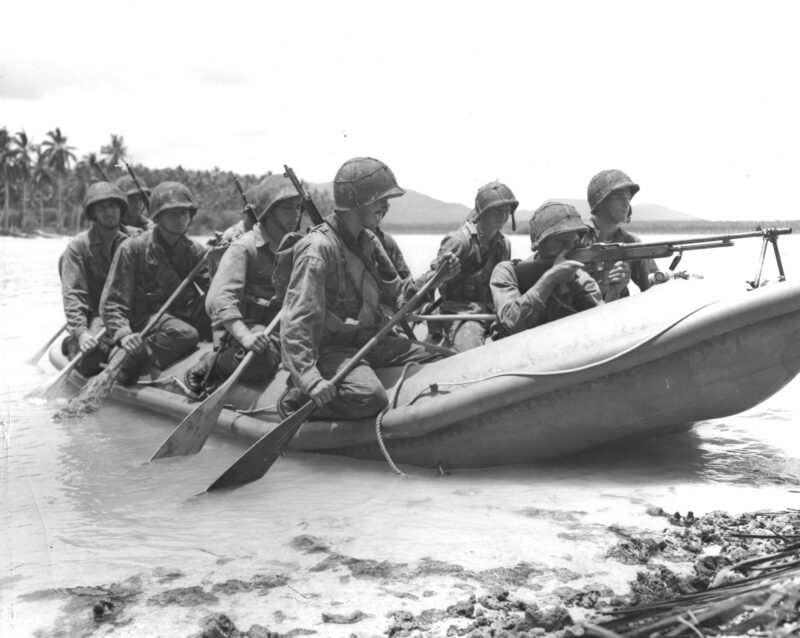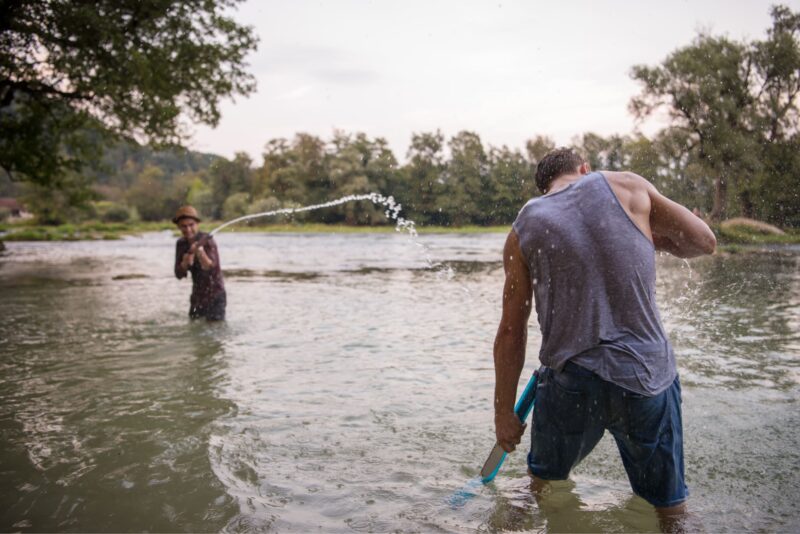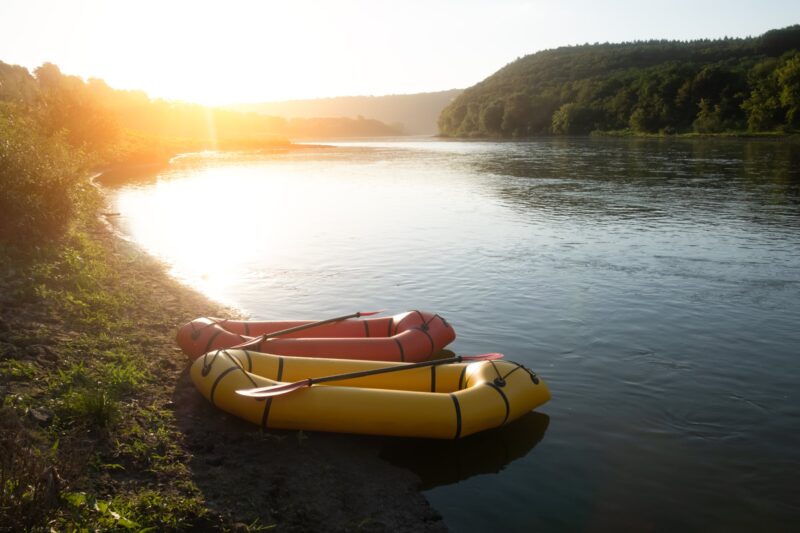Discover the Unique cabin Rentals at Lazy Days Resort and Campground, offering a one-of-a-kind opportunity to immerse yourself in the natural beauty of the Elk River in Southwest Missouri. Nestled between Pineville and Noel, this destination is ideal for anyone looking to blend relaxation with scenery.
Why Choose Elk River Lodging Rentals?
Choosing Elk River lodging rentals offers an unparalleled experience for those seeking adventure and relaxation in the heart of Southwest Missouri. With stunning riverfront views and direct access to the Elk River, guests can immerse in a variety of outdoor activities. Whether you’re looking to float down the river, fish in tranquil waters, or simply unwind in a cozy cabin, Elk River rentals provide the perfect base for your getaway.
Scenic Beauty
The Elk River is renowned for its stunning landscapes, featuring crystal-clear waters, lush greenery, and rugged bluffs. The area is ideal for nature lovers who enjoy activities like fishing, swimming, and hiking. Staying at Lazy Days Resort allows guests to fully immerse themselves in this picturesque environment.
Riverside Accommodations
Lazy Days offers a range of cabin rentals that cater to different groups of people with all types of preferences. Whether you’re planning a romantic getaway or a family reunion, there are cozy cabins equipped with modern amenities to ensure a comfortable stay. Many cabins provide direct access to the river, allowing for easy enjoyment of water activities.
Outdoor Activities
The Elk River is a paradise for floating enthusiasts, offering options ranging from leisurely six-mile trips to more challenging twelve-mile adventures. Guests can easily rent canoes, kayaks, or river rafts directly from the resort, making it a breeze to explore the river’s scenic routes. Moreover, the surrounding area boasts numerous gravel bars, perfect for picnics and relaxation.
Activities Near Lazy Days Resort
Activities near Lazy Days Resort provide endless opportunities for peace in a natural setting. From exhilarating float trips on the Elk River to tranquil hikes along scenic trails, guests can immerse themselves in the beauty of Southwest Missouri. Whether you’re seeking family-friendly fun or a peaceful retreat, there’s something for everyone to enjoy just steps away from your cabin.
- Float Trips: Experience the thrill of floating down the river with friends or family. The gentle currents make it suitable for all ages.
- World-Class Fishing: The Elk River is known for excellent smallmouth bass fishing, providing an exciting challenge for anglers.
- Nearby Hiking: Explore nearby trails that showcase the natural beauty of the Ozarks.
- Campfire Gatherings: Spend evenings around a campfire, sharing stories and roasting marshmallows under the stars.
Planning Your Stay
When considering Elk River lodging rentals in Southwest Missouri, planning ahead is key. Peak seasons can fill up quickly, so booking in advance ensures you secure your preferred cabin. Plus, consider the activities you want to engage in by booking those ahead of time, like float trips.
Lazy Days Resort and Campground provides an ideal setting for those looking to escape into nature while enjoying comfortable accommodations. With its proximity to Pineville and Noel, guests can easily access all the Elk River offers while creating lasting memories with loved ones. Whether you’re here for adventure or relaxation, this destination promises an unforgettable experience.

